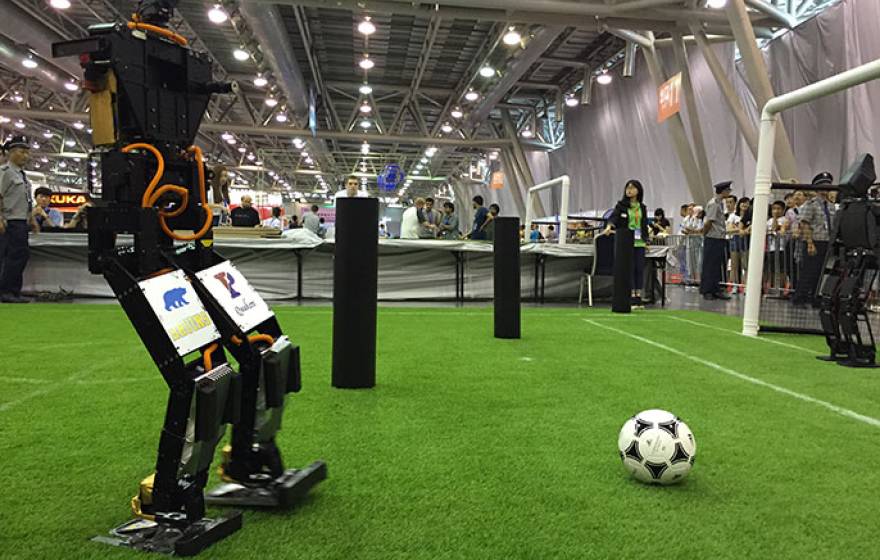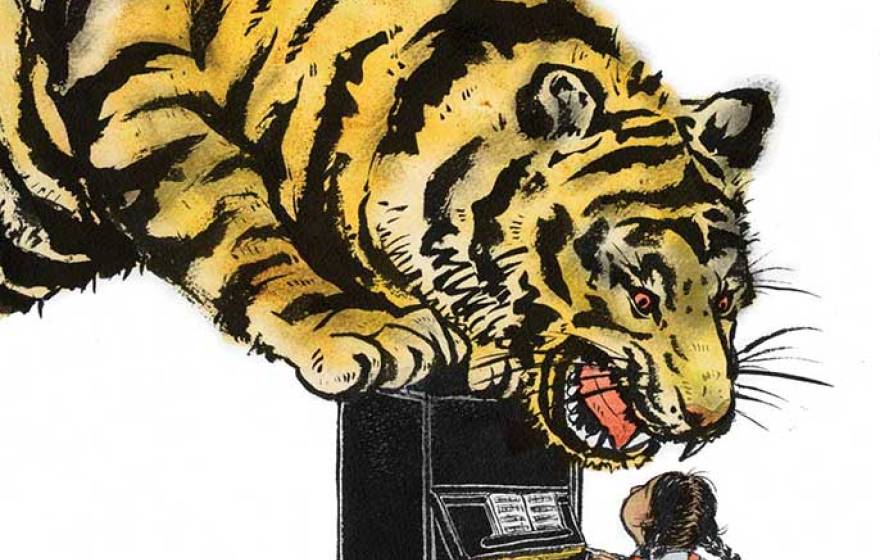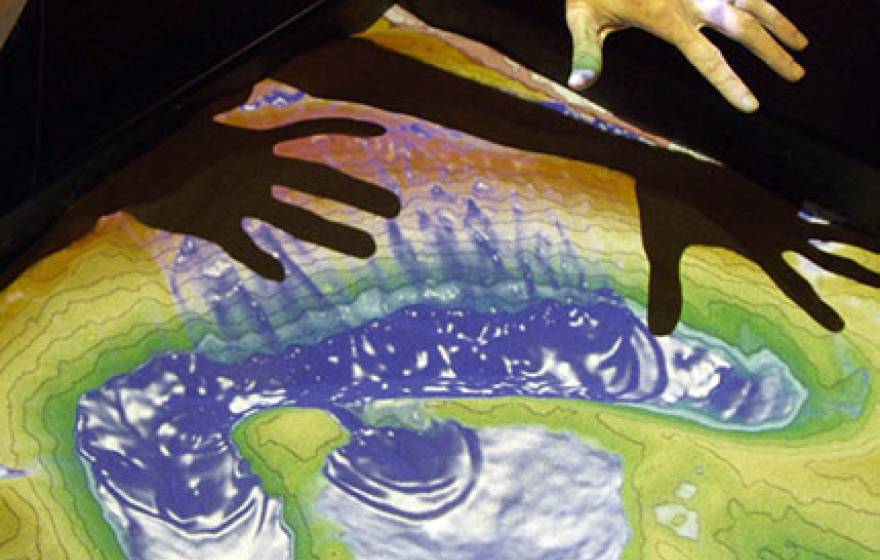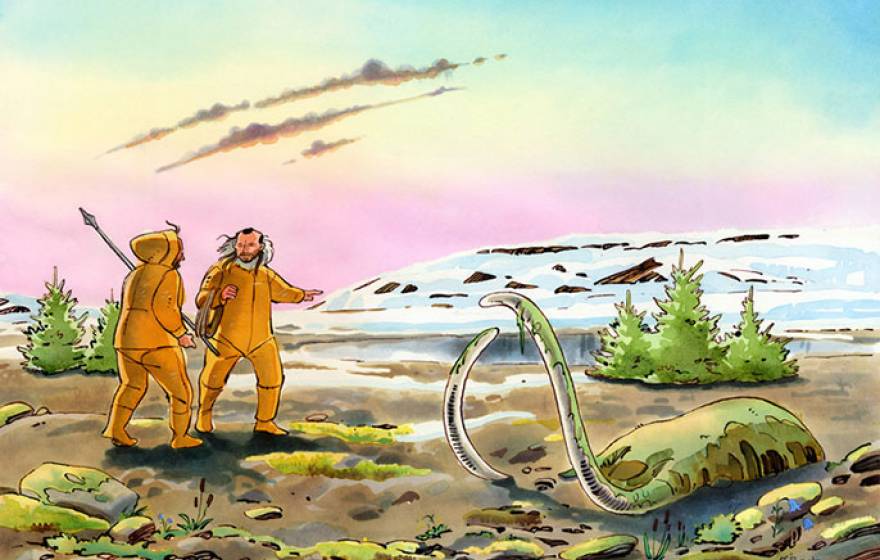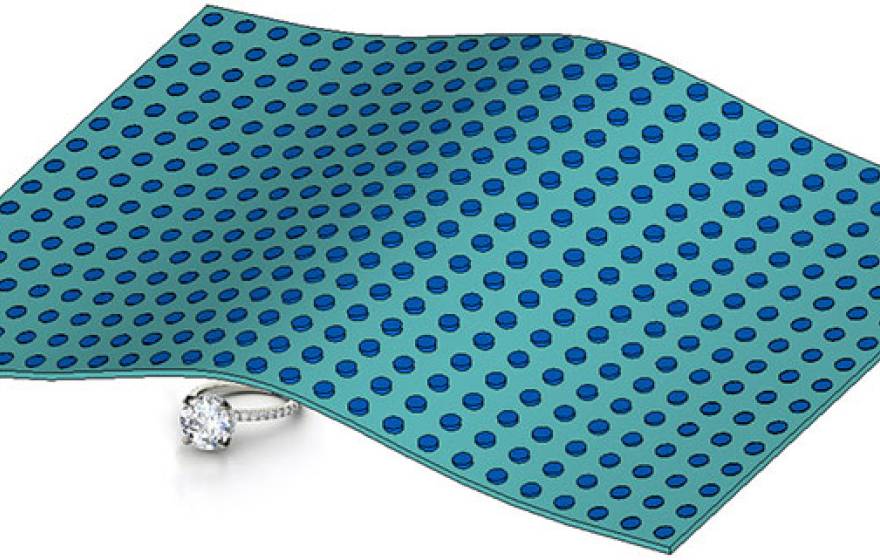UC Davis |
Curb the algae to keep Tahoe blue
Algae, not clarity, is the key factor in the lake's azure waters.
UC Davis |
Drought, climate change fuel high-elevation California fires
Wildfires in California’s fabled Sierra Nevada mountain range are increasingly burning high-elevation forests, which historically have seldom burned,
UCLA |
THOR kicks to the top of robot soccer
UCLA/Penn team won first place at RoboCup, a global robot soccer tournament held in China.
UC Irvine |
Declawing the tiger mom
Sociologists debunk idea that Asian American academic achievement is due to unique cultural traits or values.
UCLA |
Make it rain: Check out augmented reality teaching sandbox
Augmented Reality Sandbox lets users sculpt mountains, canyons and rivers, then fill them with water or even create erupting volcanoes.
UC Berkeley |
Ultra-low-cost solution to a big water problem
Blum Center contest winner aims to remove excess fluoride from drinking water.
UC Santa Cruz |
New support for human genome variation project
Keck Foundation pledges $2 million to create full-scale human genome map.
UC Berkeley |
Genome analysis pinpoints arrival, spread of first Americans
Siberians moved into North America in a single wave less than 23,000 years ago.
UC Berkeley |
3D-printed ‘smart cap’ uses electronics to detect spoiled food
Consumers soon may be able to hit “print” to create an electronic circuit or wireless sensor in the comfort of their homes.
UC Berkeley |
Investor joins in $100M search for extraterrestrial intelligence
Breakthrough Prize founder Yuri Milner joins 10-year commitment to ramp up SETI.
UC San Francisco |
Blood cell research turns personal
When Min Cho started researching protein translational mechanisms in blood cancers, it was just an abstract concept. His perspective changed when he was diagnosed with a rare blood disease.
Forbes |
Turning Teflon into an invisibility cloak
A team of electrical engineers at UC San Diego has created a design to transform a thin sheet of Teflon into a cloak that's less detectable to wave frequencies, like light and radar.

